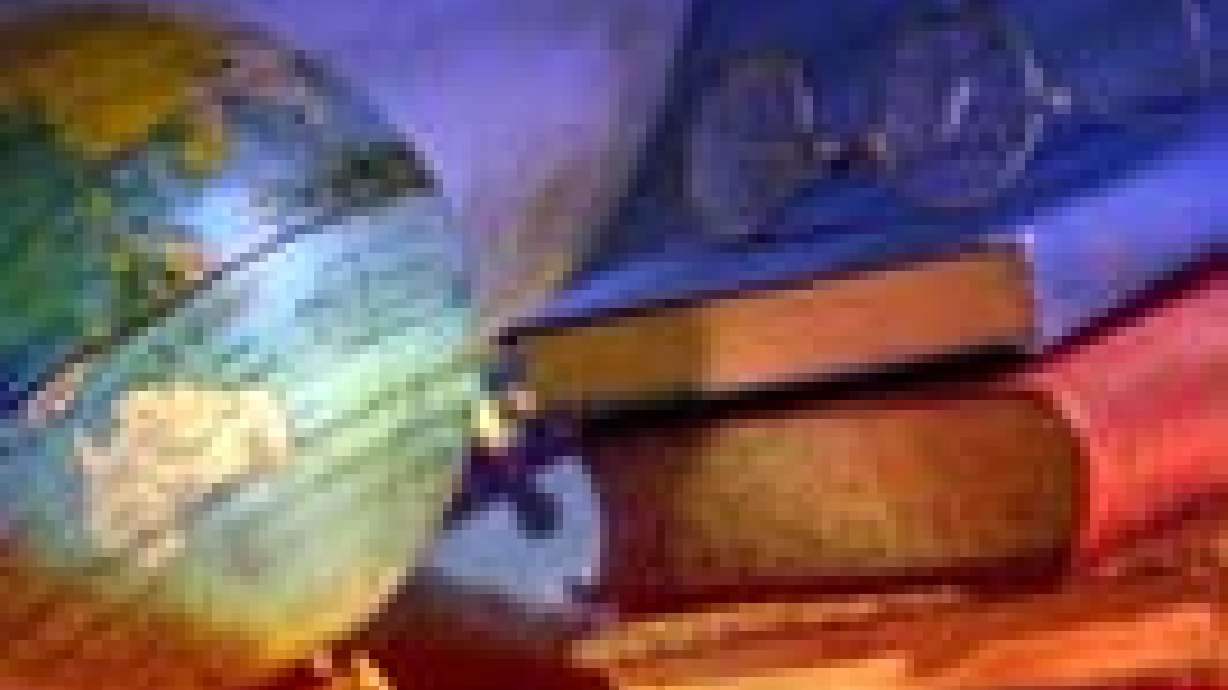Estimated read time: 2-3 minutes
This archived news story is available only for your personal, non-commercial use. Information in the story may be outdated or superseded by additional information. Reading or replaying the story in its archived form does not constitute a republication of the story.
SALT LAKE CITY (AP) -- A tuition voucher bill planned for the 2006 session would allow school districts to keep some of the per-pupil state funding for students going to private schools.
The bill by state Rep. Brad Dee, R-Washington Terrace, would provide private school tuition vouchers ranging from $500 to $3,000, based on the family's annual income.
Every quarter, voucher amounts would be subtracted from a school district's per-pupil funding allocation from the state, about $4,000 for each student annually.
The district would keep all per-pupil funding beyond the voucher amount, even though students who chose the voucher option would no longer attend district schools.
An advantage of the bill is that districts would continue to receive some per-pupil funding, while not having as many students enrolled, which could help ease classroom overcrowding, Dee said.
It would also give parents more educational choices for their children, he said.
"I'm not trying to injure school districts," Dee said. "I'm trying to see if there is a way vouchers can be advantageous to both sides."
Royce Van Tassell, spokesman for Parents for Choice in Education, said the organization supports Dee's bill because of the options it offers parents.
Pat Rusk, president of the Utah Education Association, said her organization will oppose the bill because it would make taxpayer dollars available to the private sector.
Utah already offers an abundance of public education choices not available in other states, including the ability to transfer between schools within and outside of districts, religious instruction during the school day and a variety of advanced and extracurricular courses, Rusk said.
About 43,000 students in Utah attend public schools by choice outside of their neighborhoods, she estimated.
However, students can only transfer to another school if there is room, which makes private schools a viable alternative, Van Tassell said.
------
Information from: Standard-Examiner, http://www.standard.net
(Copyright 2005 by The Associated Press. All Rights Reserved.)









